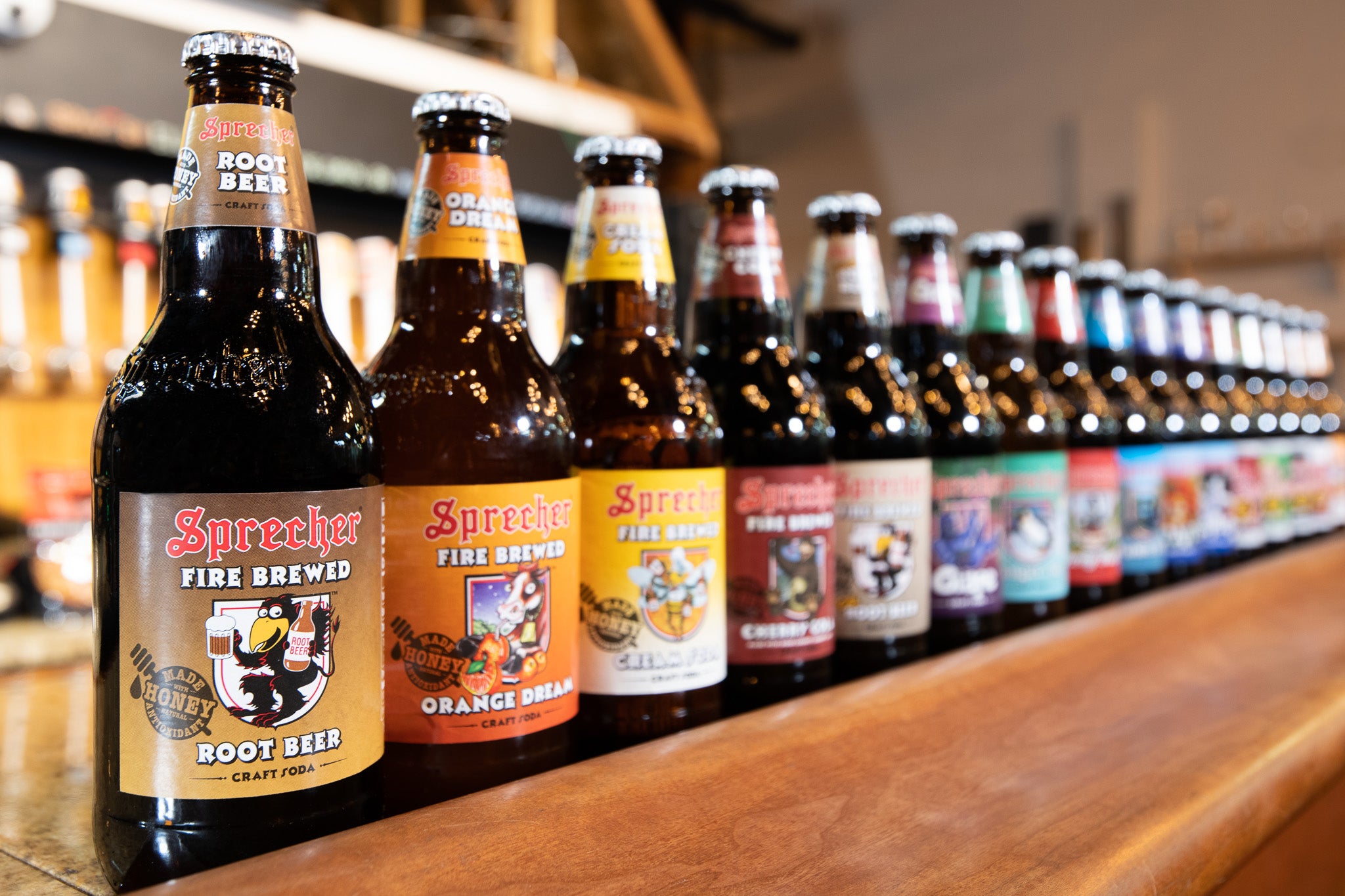Understanding the Craft of Purification: a Deep Study Distillery Traditions
Discovering the complex art of purification reveals a globe soaked in time-honored traditions that have shaped the spirits we appreciate today. From the old beginnings of distillation methods to the contemporary development of distillery equipment, each action in the procedure carries with it an abundant tapestry of history and proficiency. As we look into the fragile equilibrium of contemporary versus conventional distilling methods and reveal the value of crucial components, a deeper understanding arises of the profound impact distillery practices have on the spirits we relish.
Origins of Purification Methods
The growth of distillation methods has a rich background that traces back to ancient human beings. The principle of dividing components based on their different boiling factors laid the structure for the innovative distillation procedures we have today.
The earliest proof of distillation days back to around 3000 BC in Mesopotamia, where clay pots were made use of to distill fragrances and fragrant oils. The Egyptians additionally progressed these strategies, utilizing purification for medical objectives and embalming practices. The Greeks, significantly numbers like Aristotle and Hippocrates, added to the theoretical understanding of distillation.
Over time, purification spread to regions like India, China, and the Middle East, each culture adding its special touch to the craft. The advancement of distillation methods proceeded via the Middle Ages and the Renaissance, at some point resulting in the diverse array of purification processes employed in modern distilleries worldwide.
Evolution of Distillery Equipment

With improvements in technology and a deeper understanding of the distillation procedure, modern-day distilleries now make use of a range of sophisticated equipment to create spirits of the best quality. Today, distillation equipment consists of column stills, reflux stills, and crossbreed stills, each developed to accommodate details distillation demands. These modern stills supply far better temperature level law, boosted purification precision, and better performance in separating alcohol from contaminations.
In addition to stills, distilleries currently utilize innovative condensers, fermenters, and purification systems to more fine-tune the extract. The development of distillery devices proceeds to play a crucial role fit the varied series of spirits readily available out there today.
Standard Vs. Modern Distilling Practices
In taking a look at distilling techniques, the contrast between contemporary and standard approaches discloses substantial advancements in performance and quality. Traditional distilling techniques usually include time-honored strategies passed down through generations, stressing craftsmanship and artisanship (Seawall Bar). These methods usually depend on copper pot stills and hands-on processes that call for a high level of ability and experience from the distillers. On the other hand, modern-day distilling methods leverage cutting-edge innovation and innovation to streamline production procedures and enhance uniformity. Automated systems, electronic controls, and advanced devices enable modern distilleries to create spirits more effectively and with greater accuracy.
While conventional distilling techniques are valued for their heritage and the unique tastes they generate, modern approaches provide advantages in terms of scalability, quality assurance, and sustainability. By including clinical advancements and Distillery in Galveston modern engineering, distillers can maximize manufacturing, reduce waste, and fulfill the demands these days's market much more properly. Eventually, the option between traditional and modern distilling practices often relies on the distillery's goals, values, and target audience.
Key Active Ingredients in Purification Process
Within the craft of purification, the selection of key ingredients plays a vital role in establishing the flavor profile and quality of the spirits generated. The key active ingredients made use of in the distillation procedure are generally water, yeast, and a fermentable source such as grains, fruits, or sugarcane.
Water is an essential part as it not only waters down the alcohol material to a palatable level yet also influences the overall mouthfeel and texture of the spirit. The quality and mineral content of the water made use of can significantly affect the final product.
Yeast is one more essential component that converts the sugars existing in the fermentable source into alcohol through the process of fermentation. Different stress of yeast can generate varying aromas and flavors, adding to the distinct characteristics of the spirit.

Impact of Distillery Traditions on Spirits
The impact of historical distillery traditions on spirits prolongs beyond the option of essential components, forming the really essence and personality of the last distilled items (Galveston Liquor). These practices, gave with generations, play a critical role in defining the unique preference profiles and top qualities that distinguish one spirit from an additional
Distillery traditions include a large range of methods, from the particular strategies made use of in purification to the choice of maturing processes employed. For instance, using conventional copper pot stills in bourbon production is believed to present specific flavors and characteristics that are very valued by connoisseurs. The aging of spirits in oak barrels, a method deeply rooted view it in distilling customs, adds to the advancement of intricate fragrances and tastes over time.

Conclusion
From the origins of distillation strategies to the modern methods, the impact of distillery customs on spirits is indisputable. Distillery practices play a crucial duty in shaping the spirits sector and maintaining the heritage of right here distillation techniques.
Throughout the background of purification, the tools used in distilleries has gone through significant evolution to boost performance and top quality of the distillation procedure.With advancements in innovation and a much deeper understanding of the purification process, modern distilleries currently make use of a range of sophisticated devices to generate spirits of the highest top quality. Today, purification equipment consists of column stills, reflux stills, and crossbreed stills, each designed to cater to particular purification requirements. From the beginnings of purification strategies to the contemporary practices, the influence of distillery customs on spirits is indisputable. Distillery practices play an important function in forming the spirits market and maintaining the heritage of purification methods.
Comments on “Visit a Distillery in Galveston: Crafting the Finest Spirits”